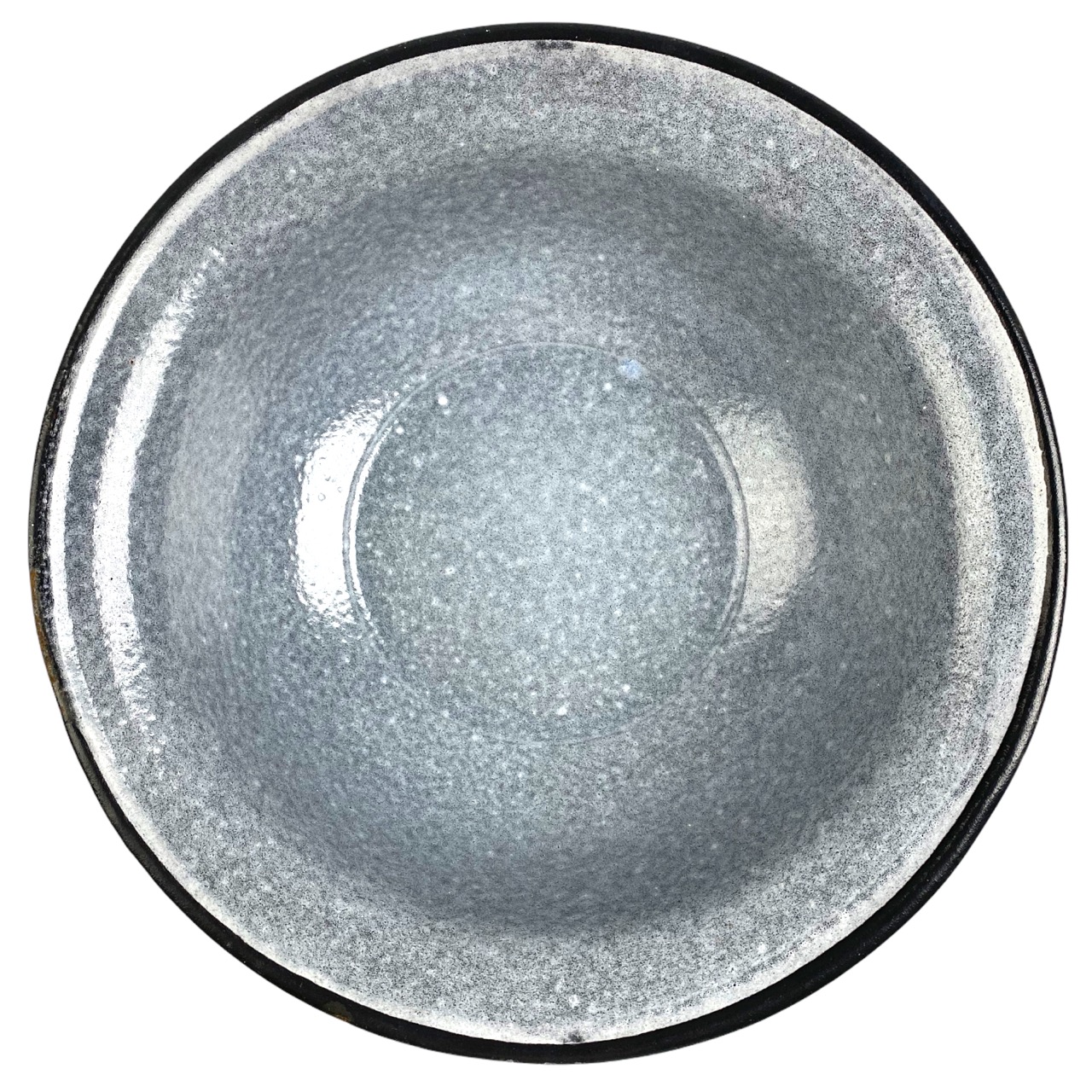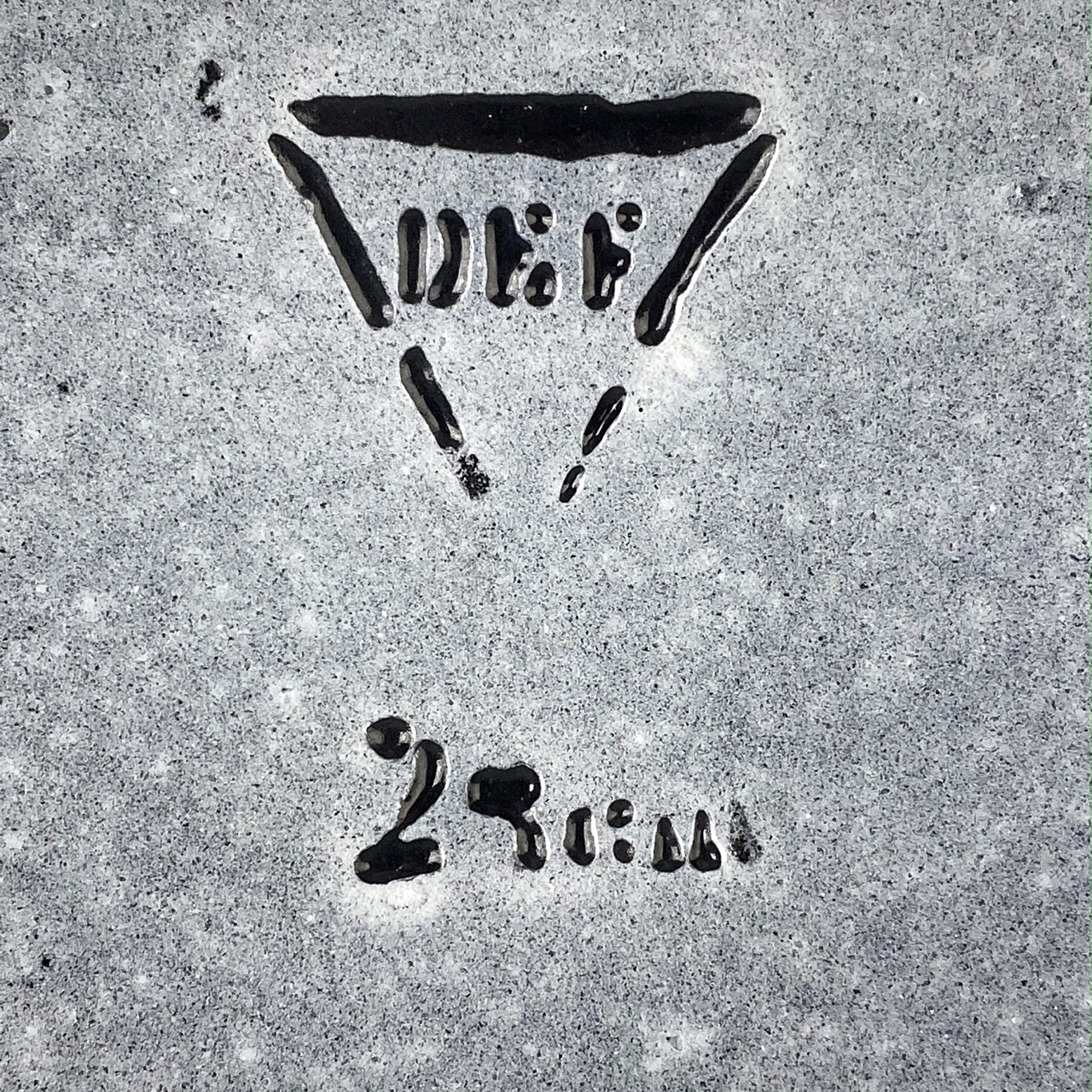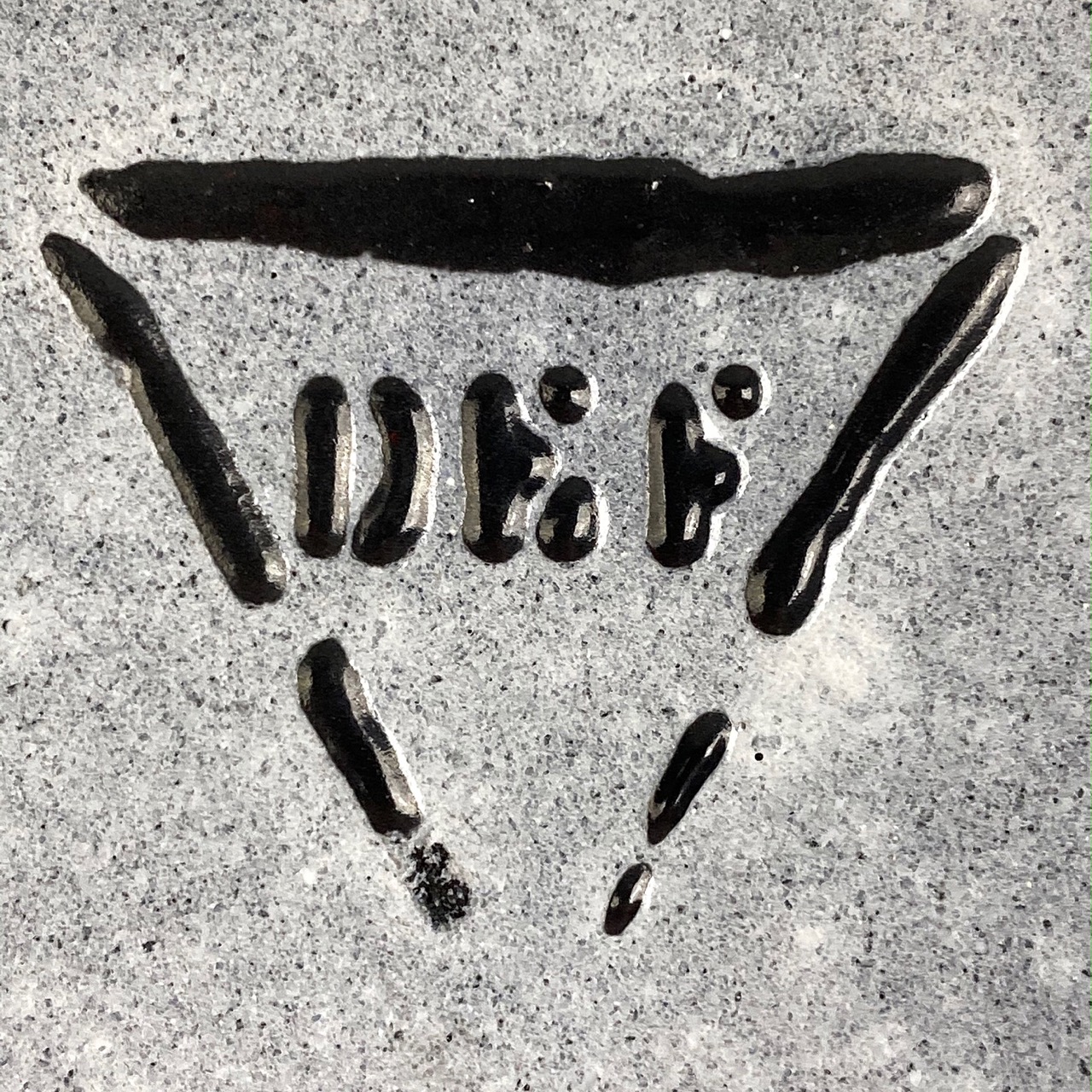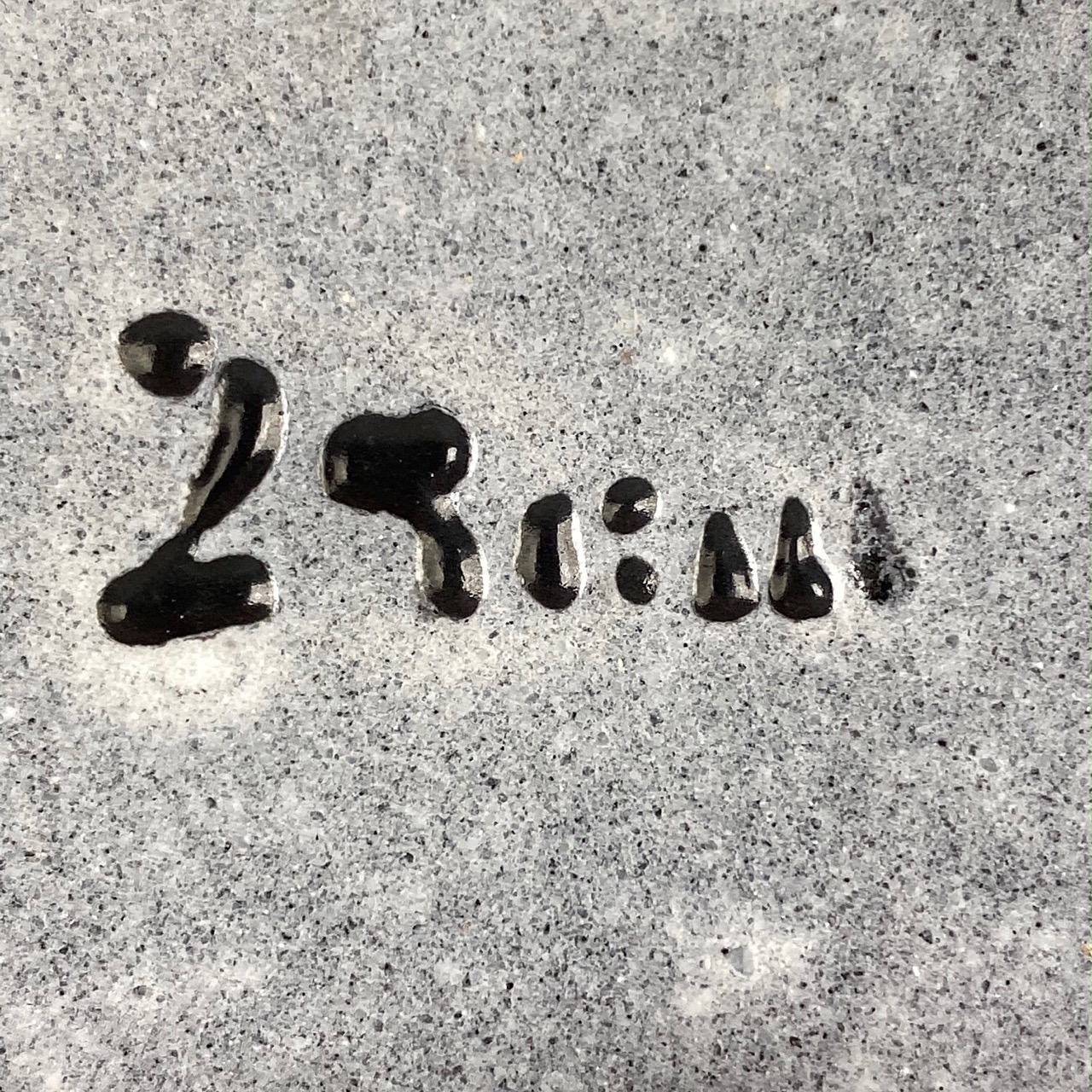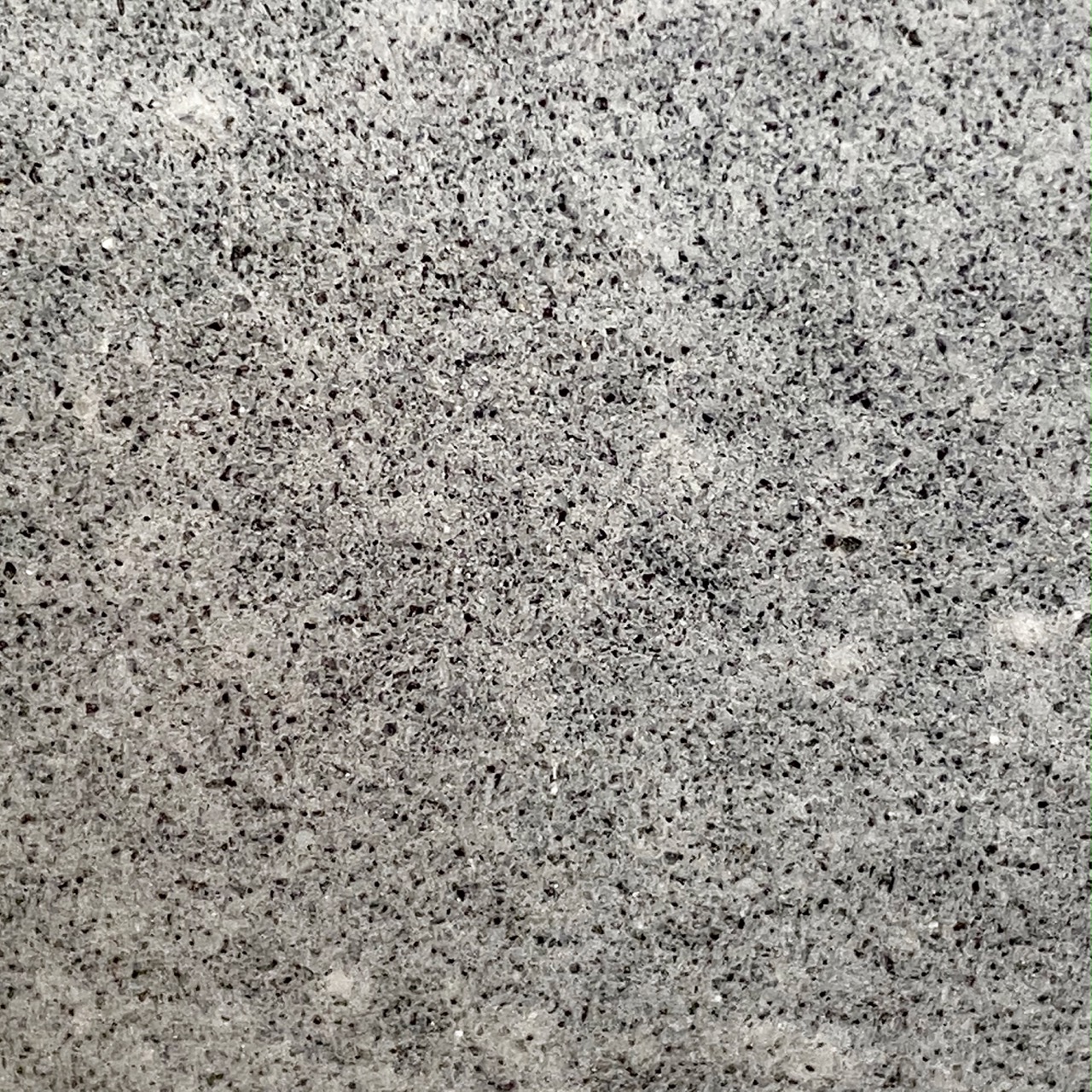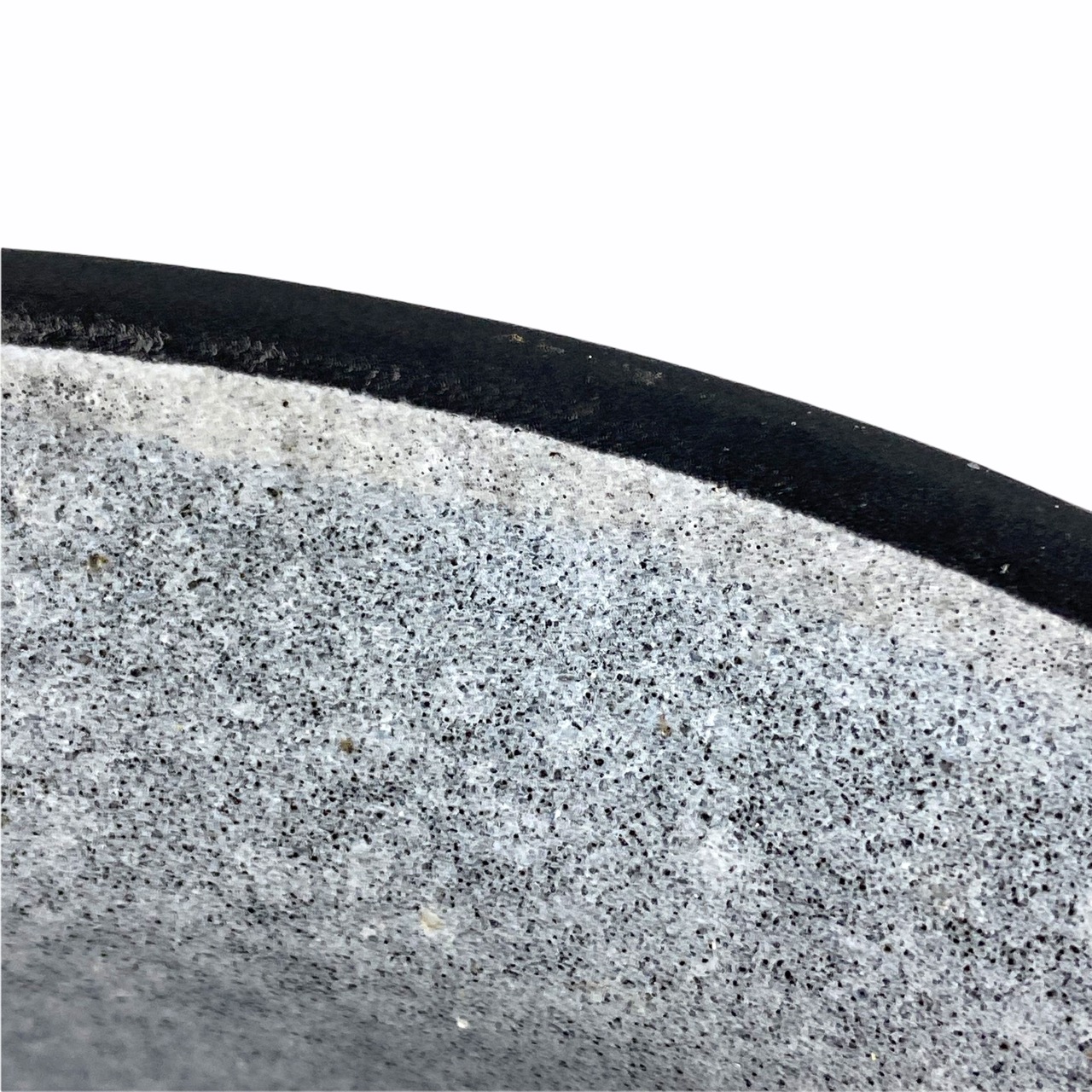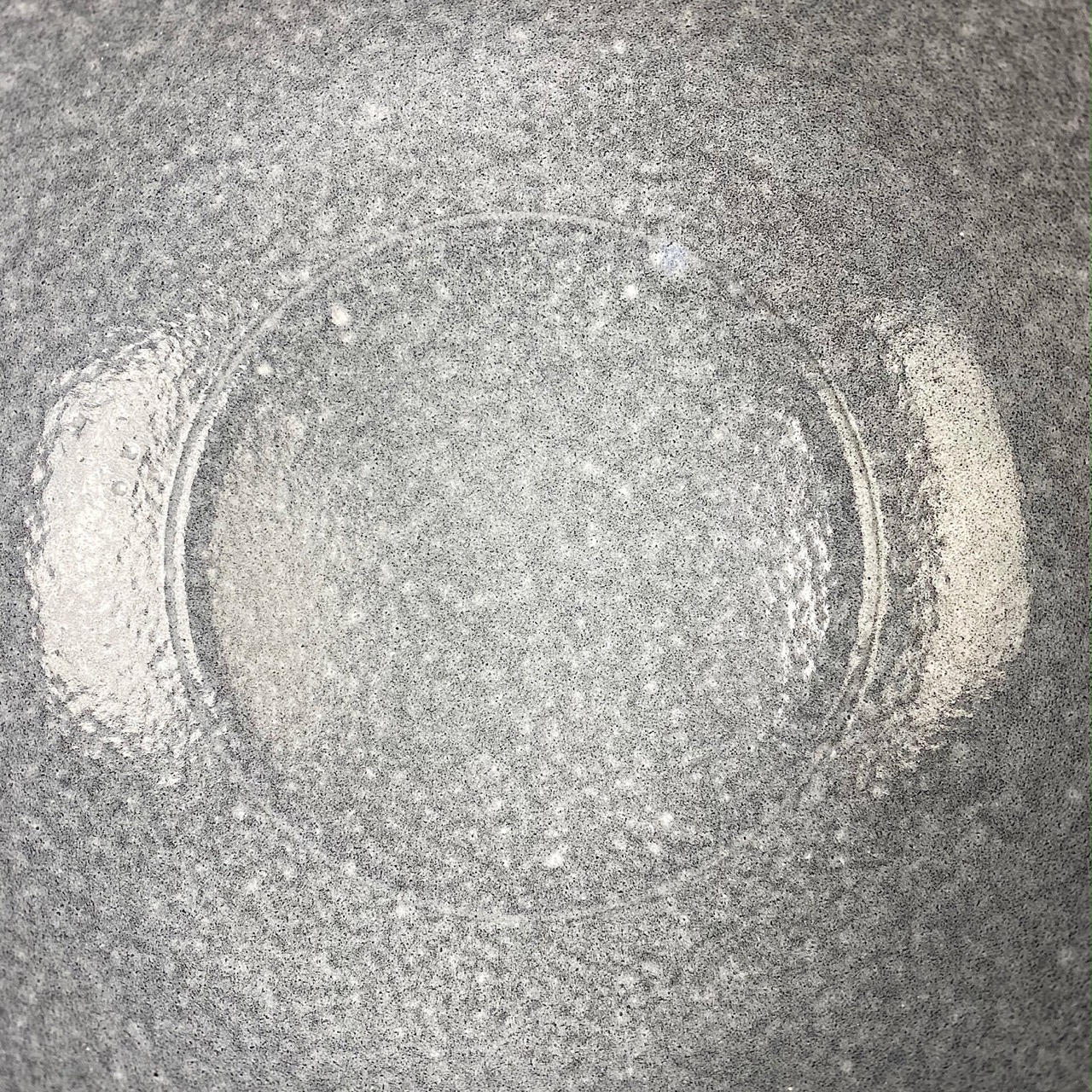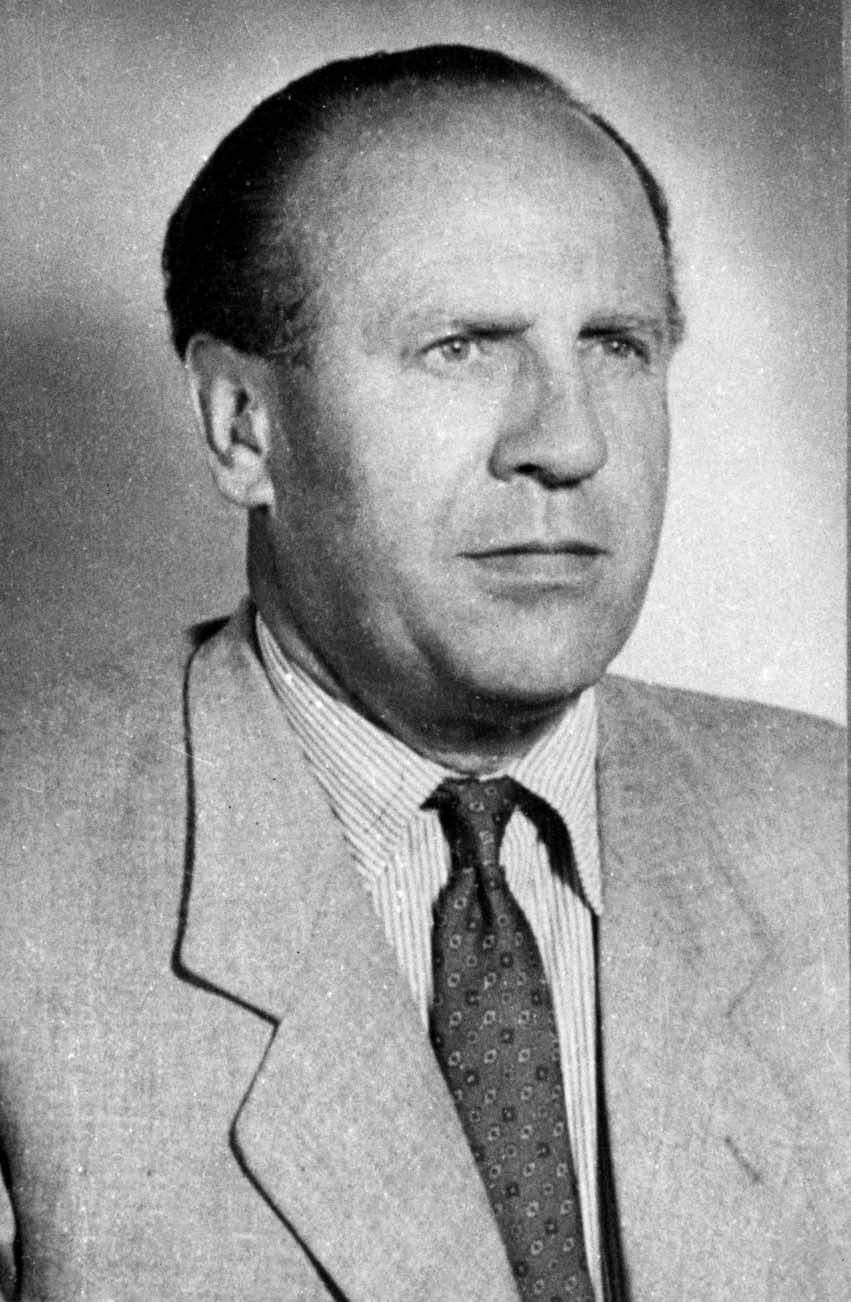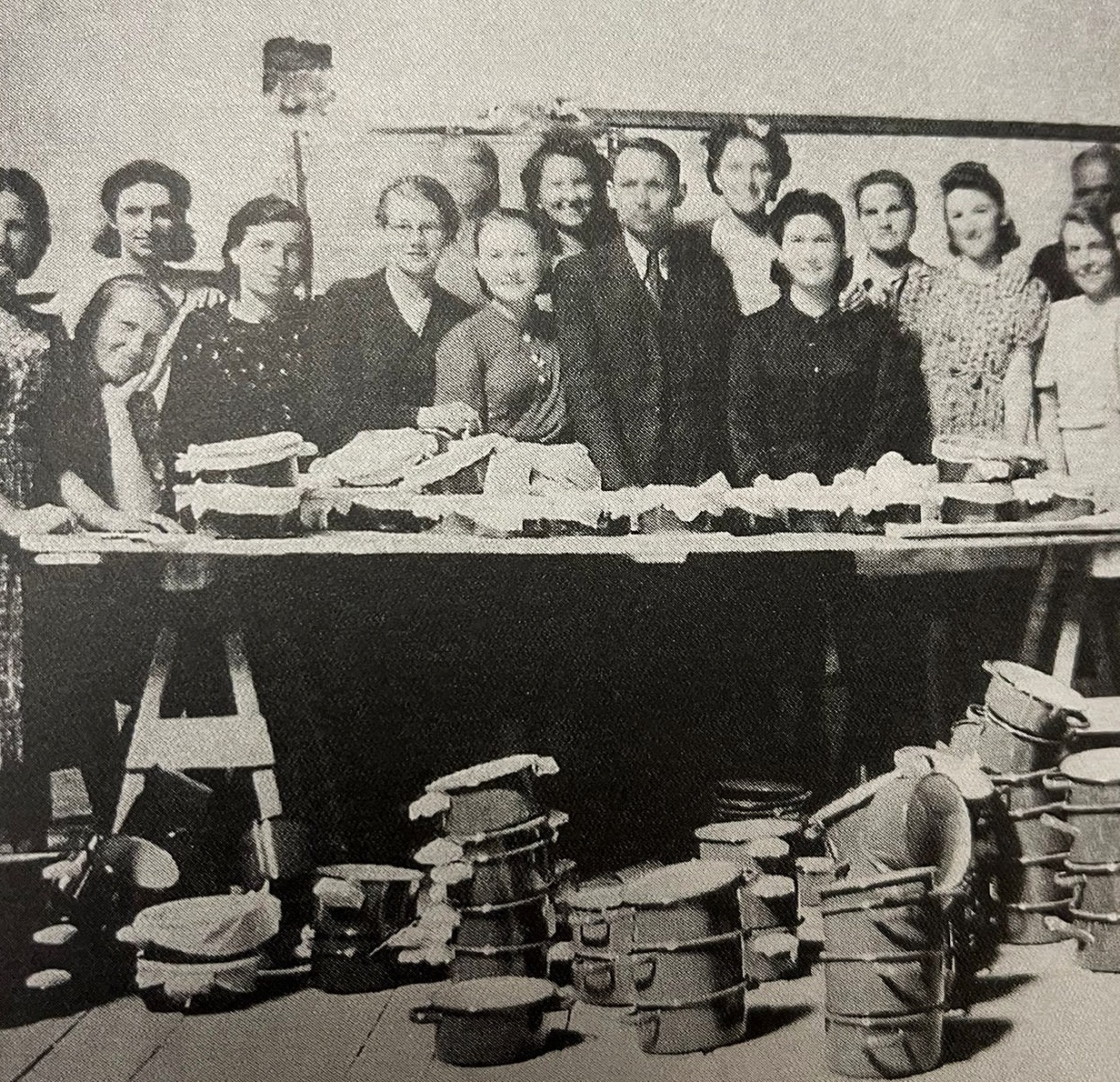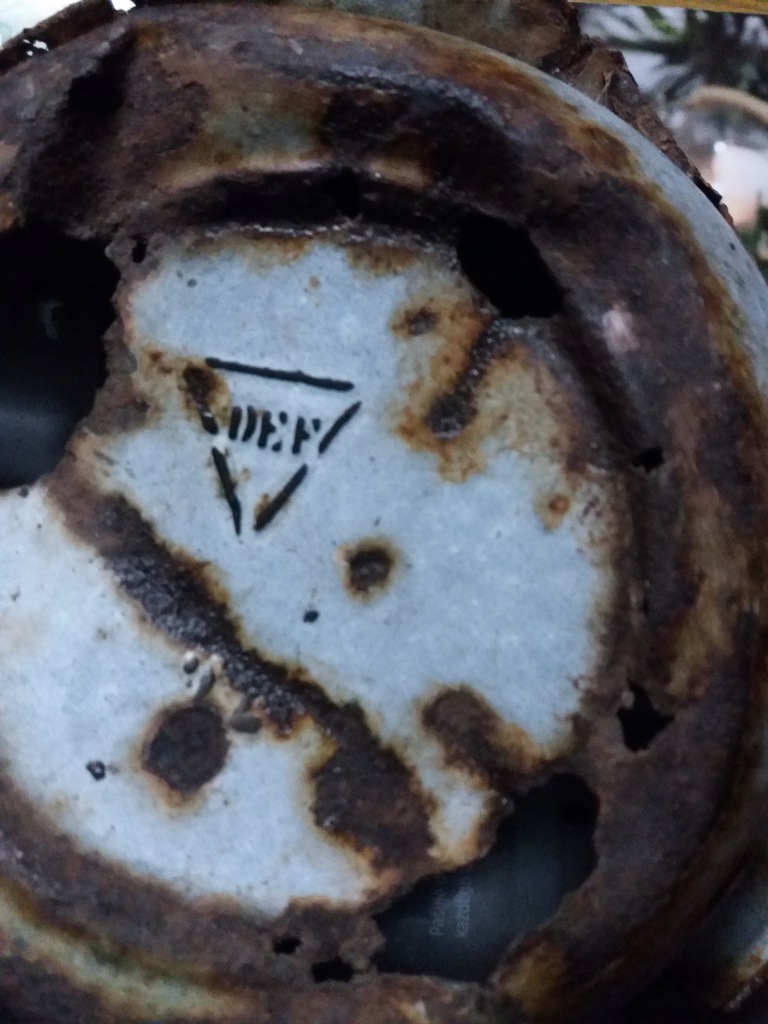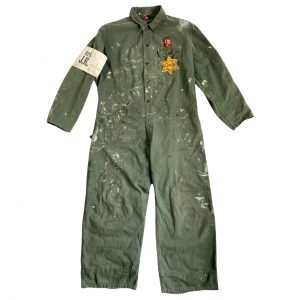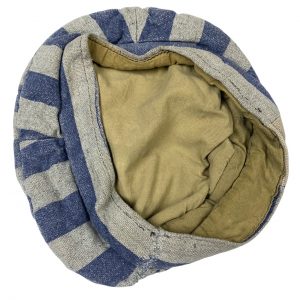Krakow – Oskar Schindler factory enamel bowl
This gray enamel bowl was produced during World War II by the Jewish workers in the Oskar Schindler (Deutsche Emailwarenfabrik) factory.
Diameter: 24,6 cm
The bowl contains the Deutsche Emailwarenfabrik (DEF) logo with black letters at the bottom which was applied on top of the gray layer.
This particular bowl was found in Krakow (Poland) and several other examples were excavated in the city of Krakow a few years ago.
It is rumored that in the 1980s enamel canteens with cups were found in the former stock of the Oskar Schindler factory, however only the cups are produced in the same way as the civilian pots, pans, dishes and plates.
A clear feature is the gray color with tiny black dots.
Oskar Schindler and the Deutsche Emailwarenfabrik
Oskar Schindler was born on April 28, 1908 in Zwittau (Czech Republic) and studied as a sales manager before World War II.
He then went on to work for the electronic company Moravian Electrotechnic.
In 1938 Oskar Schindler went to work for the German Abwehr and collected all kinds of information about military targets in the Czech Republic which was used during the invasion.
His espionage work did not go unnoticed and he was arrested by the Czech police and spent some time in prison.
Just before the invasion of Poland, Oskar Schindler was smuggling weapons for secret German operations.
After the invasion of Poland, Oskar Schindler joined the NSDAP and left his wife and moved to Krakow.
In Krakow he bought an expropriated Jewish Enamel factory and called it the Deutsche Enamelwarenfabrik, also known as the DEF.
The factory building was completed in March 1937 and briefly occupied by the Rope, Nets and Iron Products Factory (Fabryka Drutu i Siatek i Wyrobów Żelaznych) after which it was soon sold on to Michal Gutman, Wolf Glajtman and Izrael Kohn, three Jewish businessmen .
There they established the First Factory for Enamelled and Tin Parts in the Malopolska Region “Rekord” (Pierwsza Małopolska Fabryka Naczyń Emaliowanych i Wyrobów Blaszanych “Rekord”), often simply referred to as the Rekord Factory.
The men managed to appropriate several other adjacent factory buildings in a short time, leaving the main entrance of the Rekord factory on Tadeusza Romanowicza, just around the corner from the current museum.
As it became increasingly difficult for Jews to live in Poland, the factory’s income also fell.
In June 1939, three months before the outbreak of World War II, Rekord was declared bankrupt.
The factory complex came under the supervision of the regional government until Oskar Schindler, NSDAP member and Abwehr agent, bought it on January 15, 1940.
In his factory he made use of ‘cheap’ Jewish workers who stayed in the Krakow Ghetto.
In March 1941, Schindler was arrested on suspicion of black market trafficking, but was released due to his great influence on SS officers.
On June 3, 1942, his workers suddenly did not show up because they were deported along with about 7000 others to the Plaszow labor camp which is located just outside the city of Krakow.
They came under the command of SS-Hauptsturmführer Amon Goth.
Oskar Schindler, after a consultation with Amon Goth, managed to get the Jewish workers to work in his factory.
Under Oskar Schindler’s rule, the Jews were treated relatively well and were not mistreated or murdered.
In October 1944 Oskar Schindler moved the DEF factory to Brünnlitz in the Czech Republic and here they were put to work in the subcamp (ammunition factory) of Gross-Rosen.
Oskar Schindler’s munitions factory in Moravia was a satellite camp of Gross-Rosen concentration camp.
The official name was Arbeitslager Brünnlitz. In addition to the 1,200 Jewish employees, a few more transports with a total of dozens of Jewish prisoners arrived at Arbeitslager Brünnlitz.
Many of these prisoners were in bad condition and were taken care of in the infirmary, which was run by Emilie Schindler.
Schindler’s factory would barely produce anything and was liberated by the Red Army on May 9, 1945.
Oskar and Emilie had fled to the American occupation zone earlier that day, dressed as camp inmates, for fear of Czech partisans who, in revenge, carried out massacres among the ethnic German population of what is now the Czech Republic.
At the end of the war, Oskar Schindler emigrated to Argentina, but went bankrupt there and remained commercially isolated.
He returned to West Germany in 1958, but was unable to regain his former prosperity.
In 1945 the entire Schindler family property in the Schönhengstgau near Zwittau had already been expropriated by the Czechoslovak communist regime and his relatives had been deported or interned to the west.
Oskar Schindler died in 1974 at the age of 66 in Hildesheim (Germany) in relative poverty of a heart attack.
He was buried in the Catholic Franciscan cemetery on Mount Zion in Jerusalem.
The Jews he rescued financed his tombstone.
Oskar Schindler ultimately saved 1,200 Jews from the Holocaust and his story was made into a 1993 film by Steven Spielberg as Schindler’s List.

